一、需求
- 在iOS App中加入Unity3D元素,App通过用Unity提供的KPI实现功能操作
二、Unity集成到iOS原生项目
- Unity导出的工程,可以作为独立的App上线,也可以Framework的形式继承到原生项目中(通常公司项目有需求的话都有招一个开发Unity,当然自己去学,做一个简单的demo还是挺简单的,网上教程也有很多)
- Unity的集成有多种方式,我这里项目是有使用cocospod,并且现在的项目基本都使用pod,我这里只写有关联pod
- 操作如下图:(NativeiOS是iOS原生项目,UnityTest_Device是Unity导出的工程,真机调试)
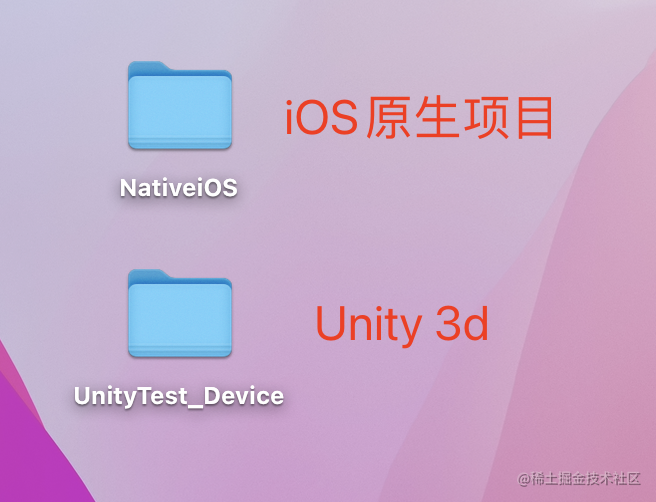
- 将UnityTest_Device工程直接拖到NativeiOS,项目结构目录如下:
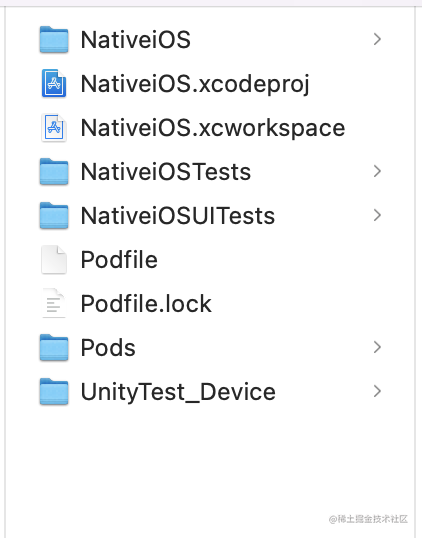
- 打开原生项目,添加Unity到工作区,如下操作:
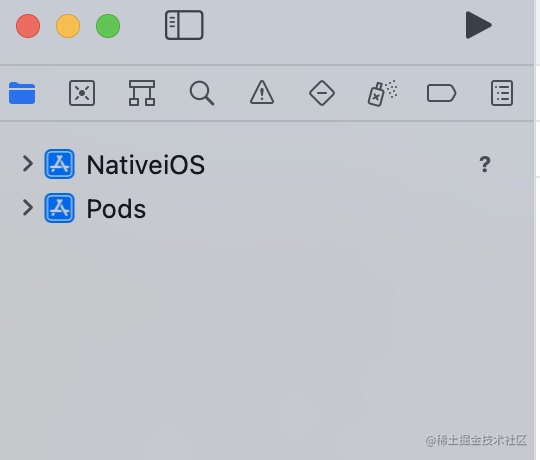
- 加入Untity,左下角“+”号 Files Add
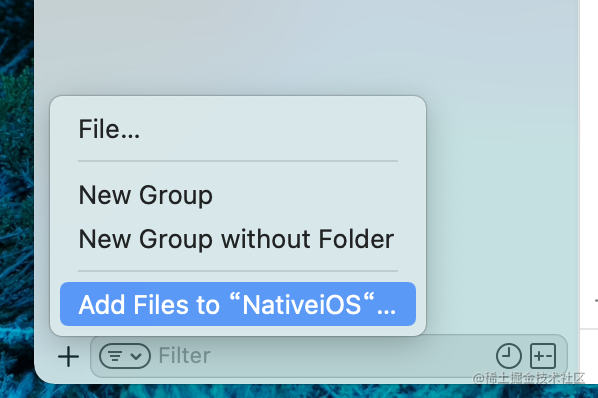
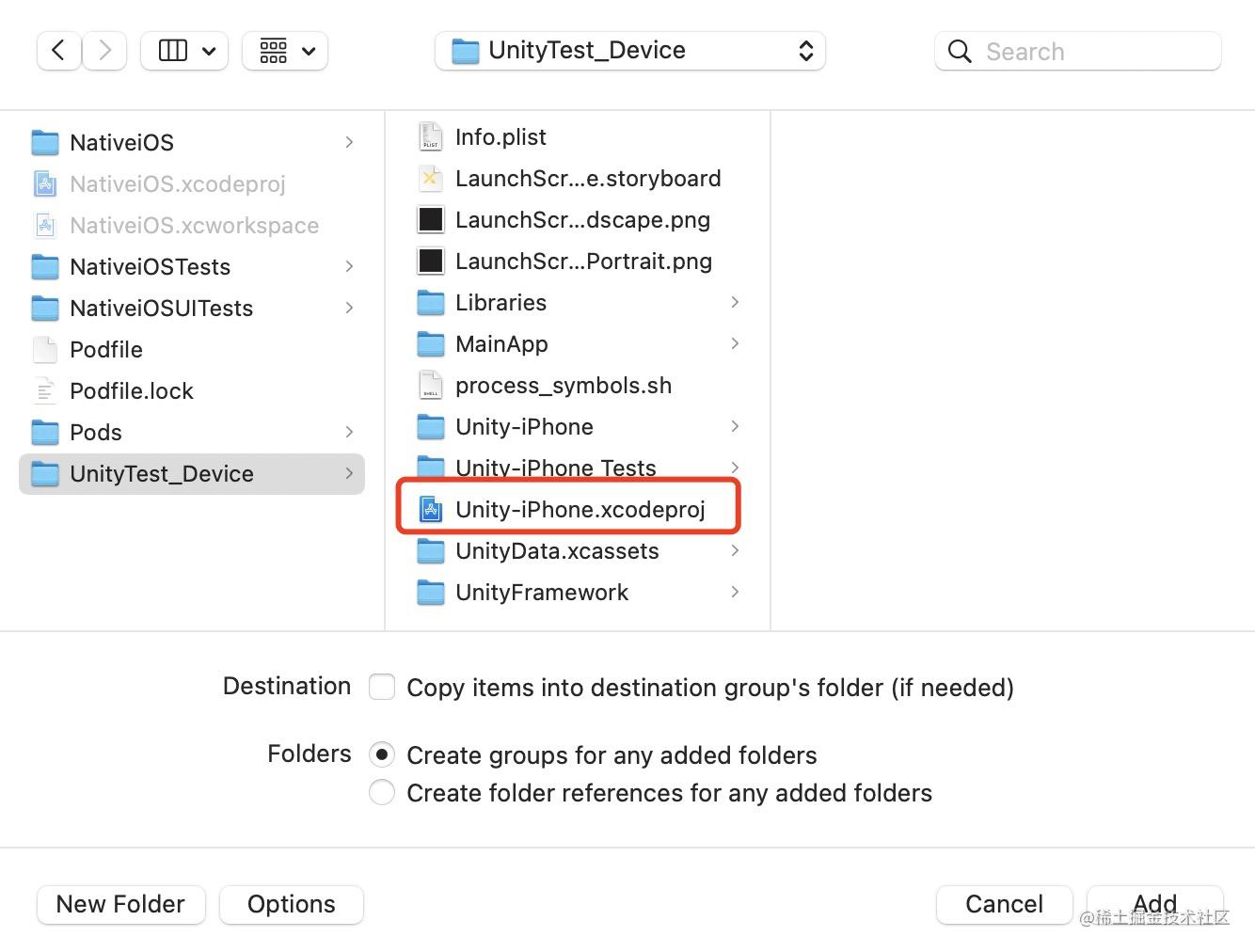
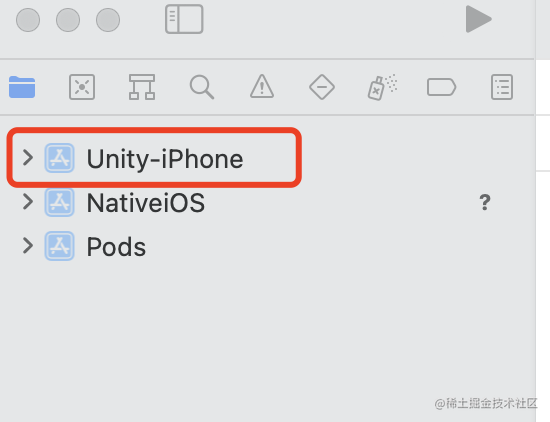
- 展开Unity-iPhone工程,选择Data文件夹,如图操作:
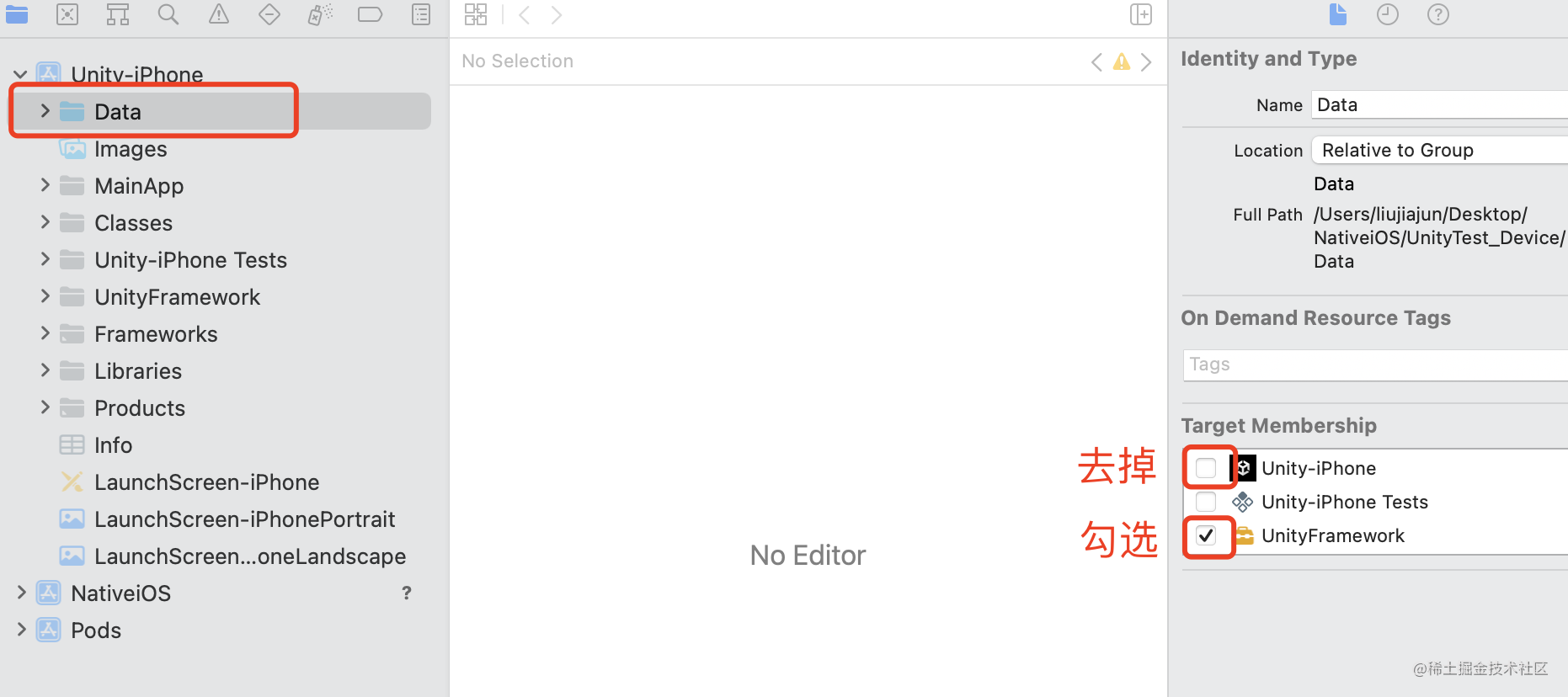

- 编译成功知道,展开iOS原生项目,选择target
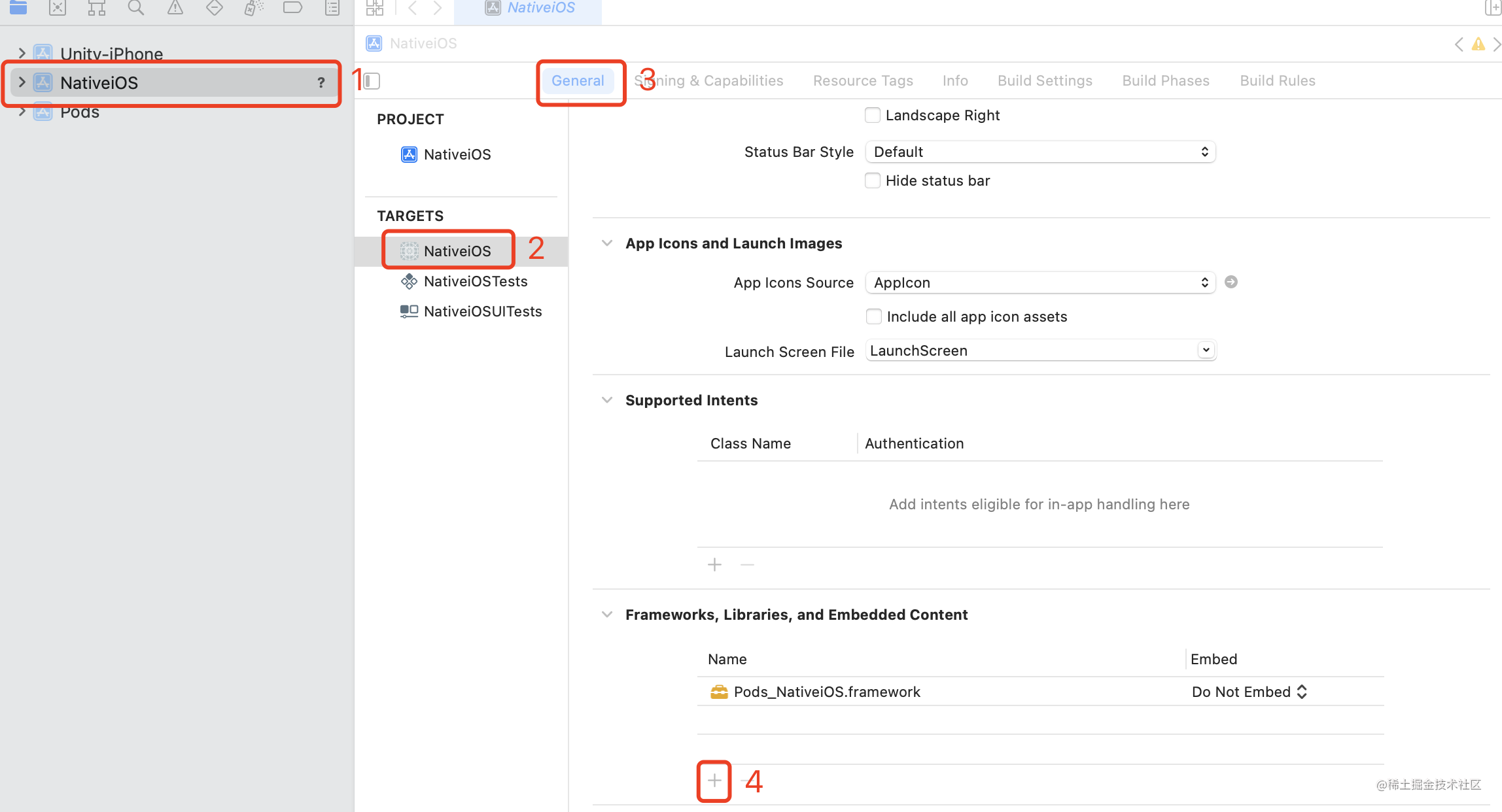
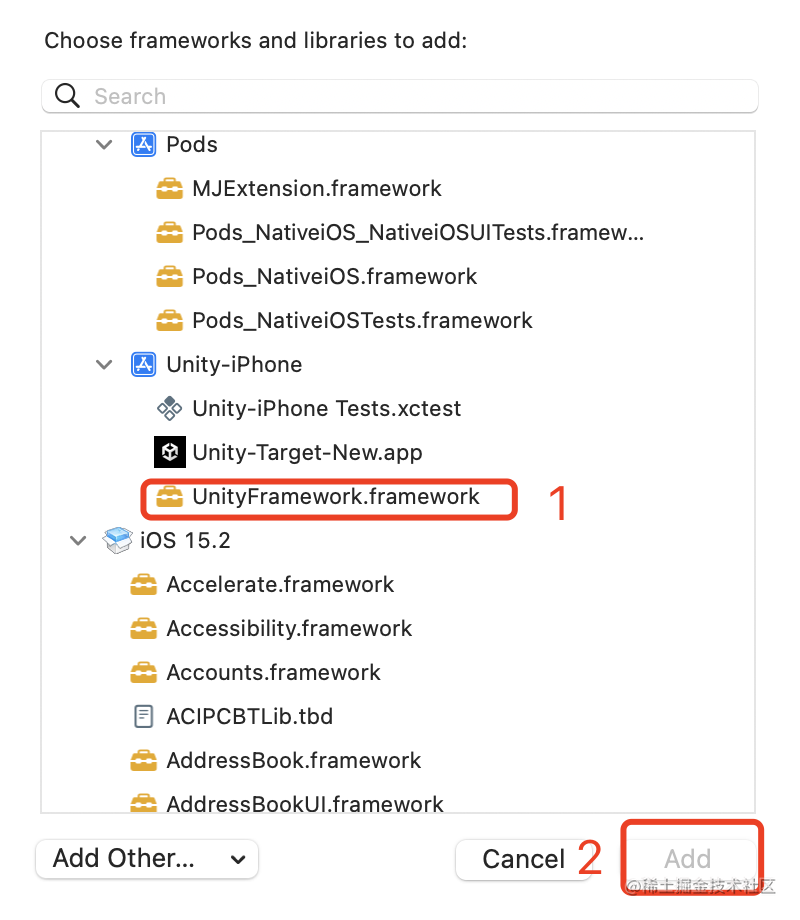
- 加入frameword 之后已经完成了继承,接下来就是代码的实现
三、代码实现
int main(int argc, char * argv[]) {
NSString * appDelegateClassName;
NSUserDefaults *userDefaults = [NSUserDefaults standardUserDefaults];
[userDefaults setObject:@(argc) forKey:@"argc"];
[userDefaults synchronize];
[userDefaults setObject:[NSString stringWithFormat:@"%p",argv] forKey:@"argv"];
[userDefaults synchronize];
@autoreleasepool {
// Setup code that might create autoreleased objects goes here.
appDelegateClassName = NSStringFromClass([AppDelegate class]);
}
return UIApplicationMain(argc, argv, nil, appDelegateClassName);
}
复制代码
#import <UIKit/UIKit.h>
#include <UnityFramework/UnityFramework.h>
@interface AppDelegate : UIResponder <UIApplicationDelegate>
@property (nonatomic, strong) UIWindow *window;
@property (nonatomic, strong) UnityFramework *ufw;
///展示Unity的view
- (void)showUnityView;
///展示iOS原生的view
- (void)showNativeView;
@end
复制代码
- AppDelegate.m
/// UnityFrameworkLoad
UIKIT_STATIC_INLINE UnityFramework* UnityFrameworkLoad()
{
NSString* bundlePath = nil;
bundlePath = [[NSBundle mainBundle] bundlePath];
bundlePath = [bundlePath stringByAppendingString: @"/Frameworks/UnityFramework.framework"];
NSBundle* bundle = [NSBundle bundleWithPath: bundlePath];
if ([bundle isLoaded] == false) [bundle load];
UnityFramework* ufw = [bundle.principalClass getInstance];
if (![ufw appController]) {
// unity is not initialized
[ufw setExecuteHeader: &_mh_execute_header];
}
return ufw;
}
- (BOOL)application:(UIApplication *)application didFinishLaunchingWithOptions:(NSDictionary *)launchOptions {
//初始化Unity
[self initUnity];
NSUserDefaults *userDefaults = [NSUserDefaults standardUserDefaults];
[userDefaults setObject:launchOptions forKey:@"launchOptions"];
[userDefaults synchronize];
return YES;
}
#pragma mark - Unity
/// 判断Unity是否已经初始化
- (BOOL)unityIsInitialized {
return [self ufw] && [[self ufw] appController];
}
/// 初始化Unity
- (void)initUnity {
// 判断Unity 是否已经初始化
if ([self unityIsInitialized]) return;
// 初始化Unity
self.ufw = UnityFrameworkLoad();
[self.ufw setDataBundleId:"com.unity3d.framework"];
[self.ufw registerFrameworkListener:self];
// [NSClassFromString(@"FrameworkLibAPI") registerAPIforNativeCalls:self];
NSString *argvStr = [[NSUserDefaults standardUserDefaults] valueForKey:@"argv"];
char **argv;
sscanf([argvStr cStringUsingEncoding:NSUTF8StringEncoding], "%p",&argv);
int argc = [[[NSUserDefaults standardUserDefaults] valueForKey:@"argc"] intValue];
NSDictionary *launchOptions = [[NSUserDefaults standardUserDefaults] valueForKey:@"launchOptions"];
[self.ufw runEmbeddedWithArgc:argc argv:argv appLaunchOpts:launchOptions];
}
///展示Unity的view
- (void)showUnityView {
if (![self unityIsInitialized]){
NSLog(@"Unity 还未初始化");
}
[self.ufw showUnityWindow];
}
///展示iOS原生的view
- (void)showNativeView {
[self.window makeKeyAndVisible];
}
#pragma mark - UnityFrameworkListener
- (void)unityDidUnload:(NSNotification *)notification {
NSLog(@"========== %s ============",__func__);
[self.window makeKeyAndVisible];
[[self ufw] unregisterFrameworkListener: self];
[self setUfw: nil];
}
- (void)unityDidQuit:(NSNotification *)notification {
NSLog(@"========== %s ============",__func__);
}
- (void)applicationWillResignActive:(UIApplication *)application {
[[[self ufw] appController] applicationWillResignActive: application];
}
- (void)applicationDidEnterBackground:(UIApplication *)application {
[[[self ufw] appController] applicationDidEnterBackground: application];
}
- (void)applicationWillEnterForeground:(UIApplication *)application {
[[[self ufw] appController] applicationWillEnterForeground: application];
}
- (void)applicationDidBecomeActive:(UIApplication *)application {
[[[self ufw] appController] applicationDidBecomeActive: application];
}
- (void)applicationWillTerminate:(UIApplication *)application {
[[[self ufw] appController] applicationWillTerminate: application];
}
复制代码
-
- 在自定义xxxController中,根据需求创建Unity的view
1.导入头文件
#import "AppDelegate.h"
2.添加属性
/// unityContentView
@property (nonatomic, weak) UIView *unityContentView;
/// AppDelegate
@property (nonatomic, strong) AppDelegate *appDelegate;
- (void)awakeFromNib {
[super awakeFromNib];
AppDelegate *appDelegate = (AppDelegate *)([UIApplication sharedApplication].delegate);
self.appDelegate = appDelegate;
// Unity的view
UIView *view = self.appDelegate.ufw.appController.rootViewController.view;
view.frame = CGRectMake(0, 0, 300, 500);
[self addSubview:view];
}
///简单的功能操作
/// 减速
- (IBAction)slowDownClick:(UIButton *)sender {
[self.appDelegate.ufw sendMessageToGOWithName:"ybot" functionName:"slowDown" message:""];
}
/// 加速
- (IBAction)accelerateClick:(UIButton *)sender {
[self.appDelegate.ufw sendMessageToGOWithName:"ybot" functionName:"speedUp" message:""];
}
复制代码